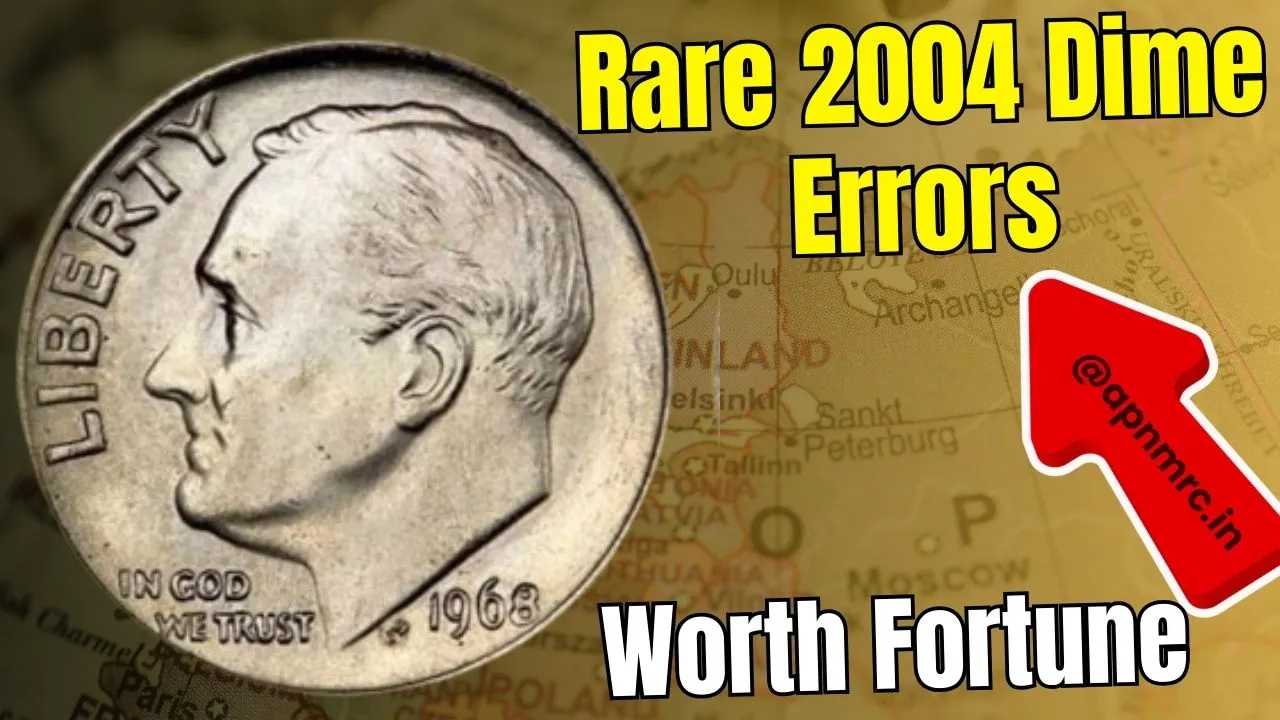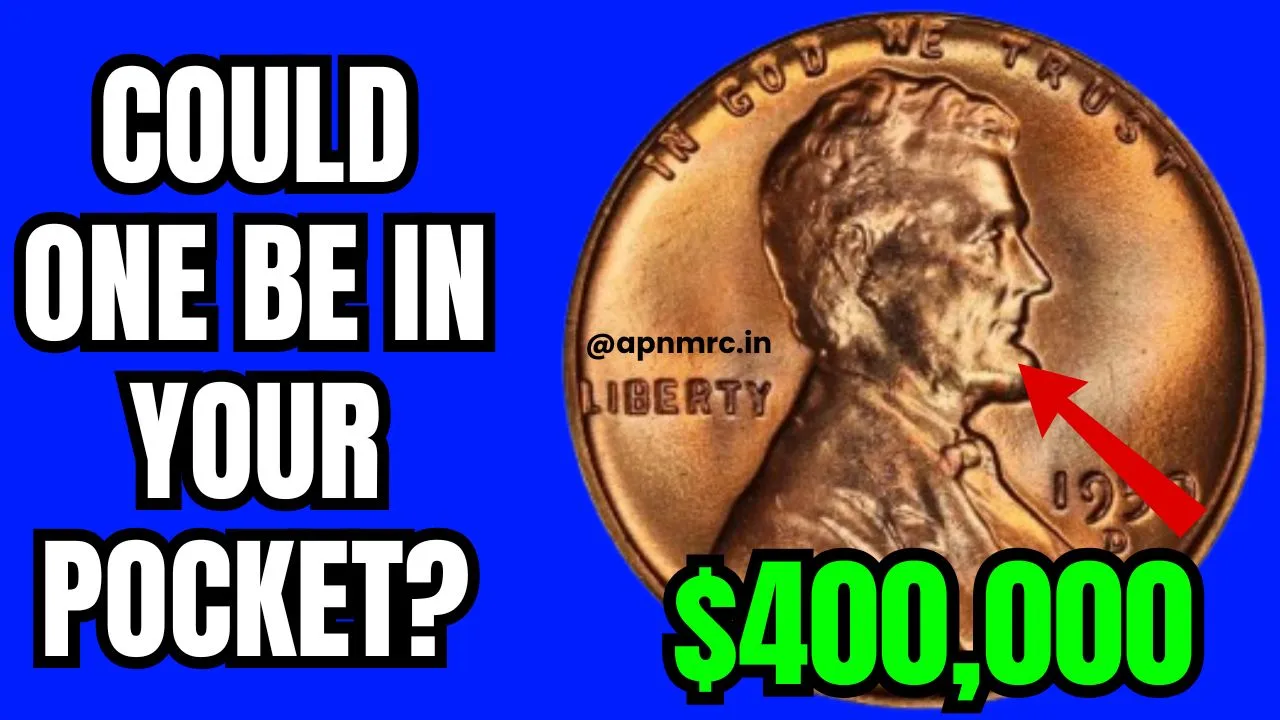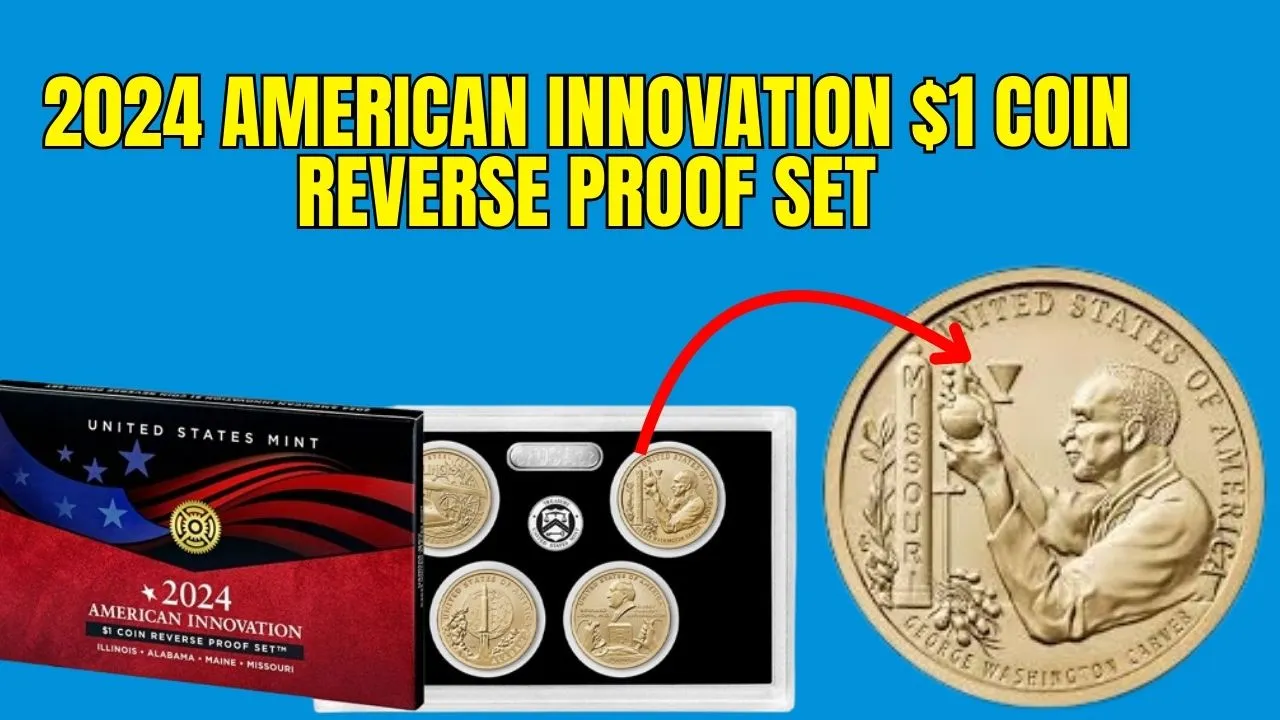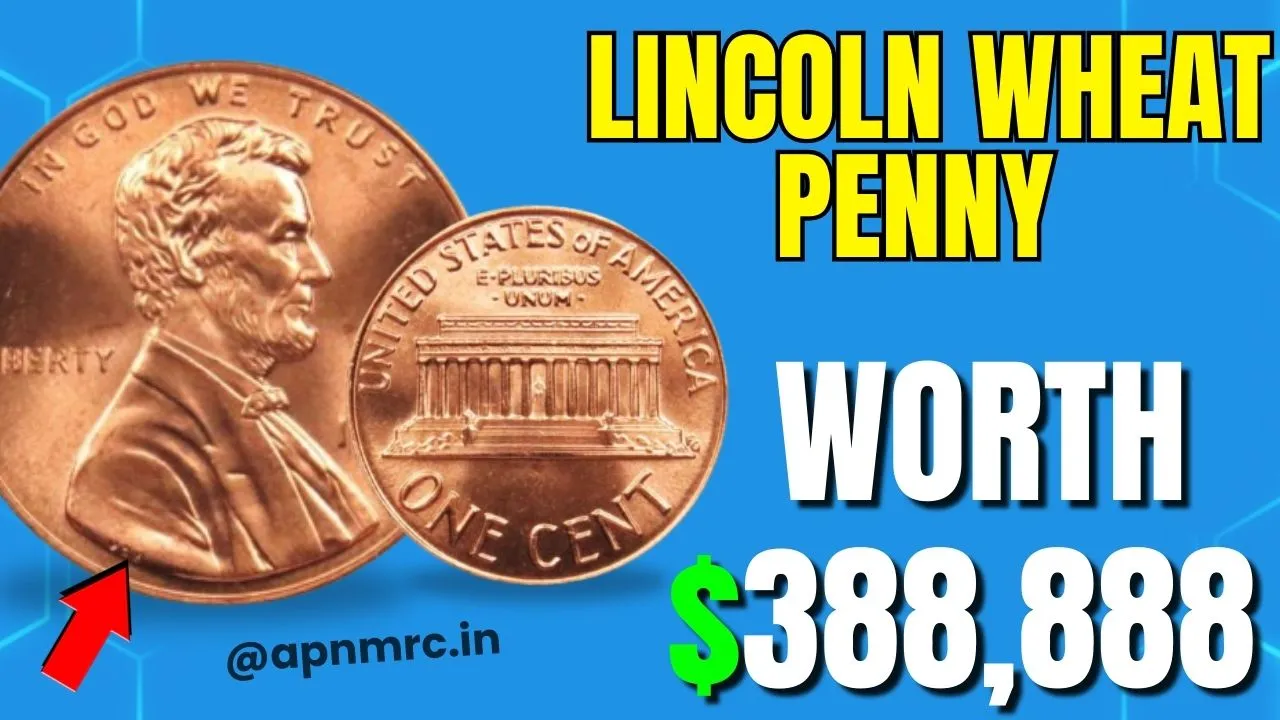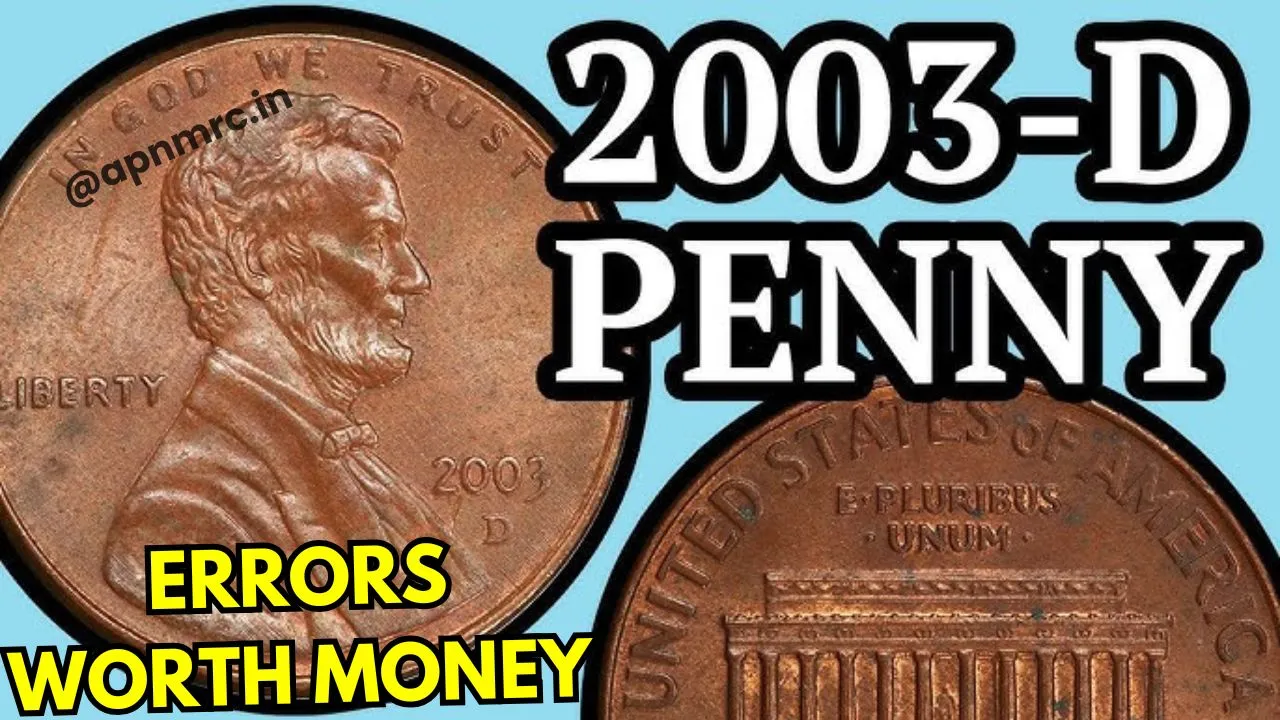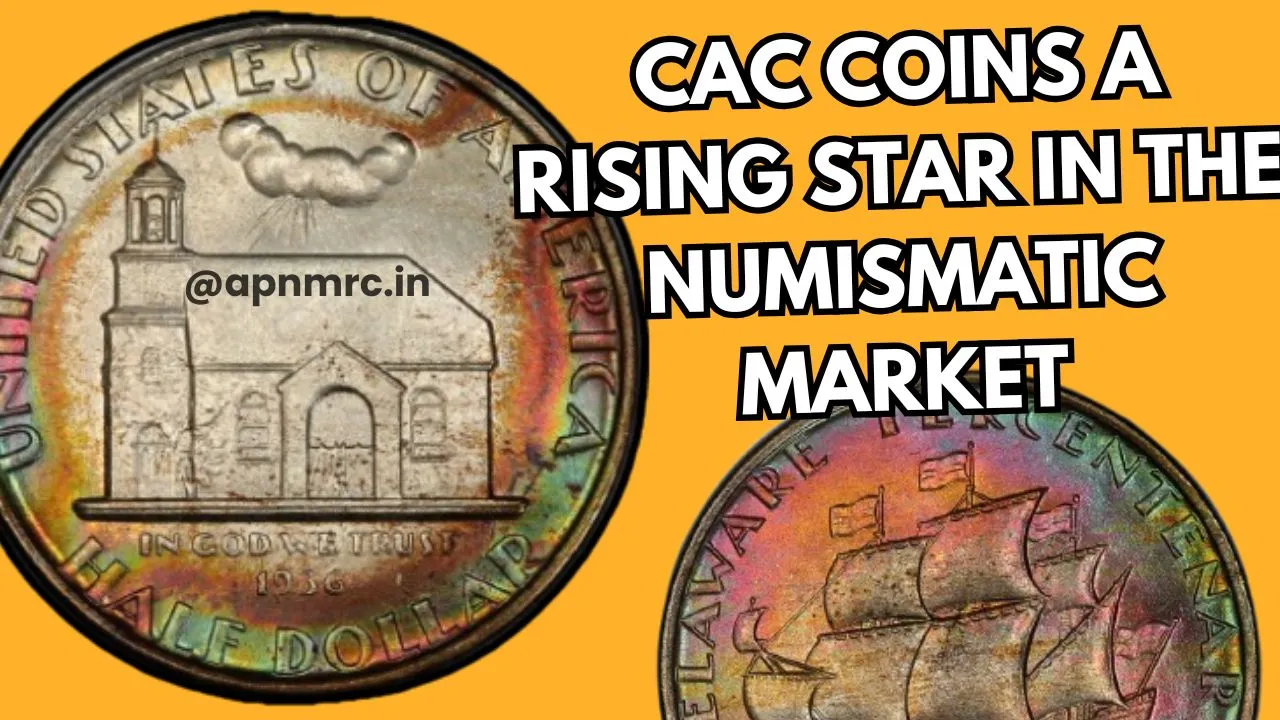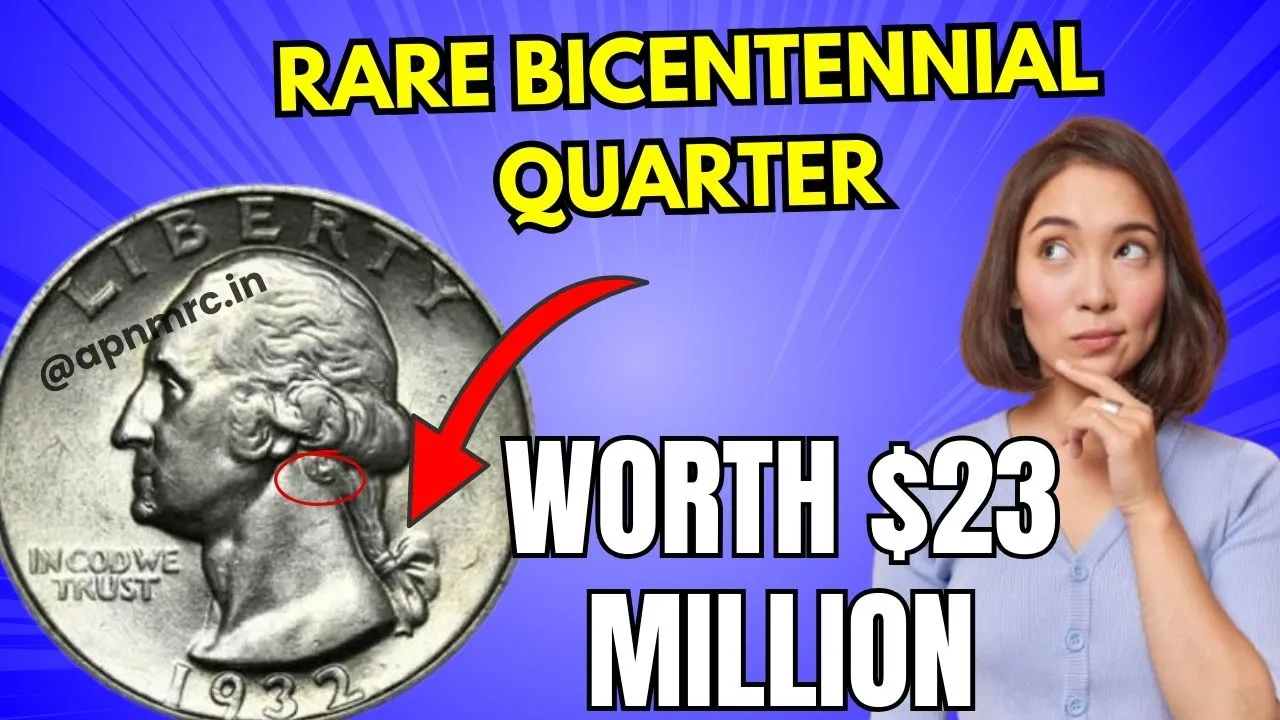Rare 2004 Dime Errors: For coin collectors and enthusiasts, few things are as exciting as uncovering valuable mint errors in everyday currency. Among the most intriguing are 2004 Dime Errors, which include a range of fascinating mistakes made during the minting process. While most 2004 Roosevelt dimes are incredibly common and worth only face value, specific error coins from this year have become prized possessions for collectors.
This article will take you on a journey through the most sought-after 2004 Dime Errors, exploring how these mistakes occurred and why they’re worth a premium. From off-center strikes to rare alloy anomalies, we’ll provide a comprehensive list of the most valuable errors and what makes them special. Whether you’re a seasoned collector or just getting started, these details might inspire you to examine your spare change more closely.
Overview of Rare 2004 Dime Errors
| Error Type | Mint | Grade | Estimated Value | Key Feature |
| Off-Center Strike | Philadelphia (P) | MS64 | $1,230 | Design shifted significantly off-center. |
| Improper Annealing (Copper) | Denver (D) | MS64 | $830 | Dime appears reddish due to heating error. |
| Doubled Die | Denver (D) | MS65 | $990 | Visible doubling on text and images. |
| Re-Punched Mint Mark (RPM) | Denver (D) | MS63 | $780 | Overlapping or doubled mint marks. |
| Missing Clad Layer | Denver (D) | MS66 | $610 | Copper core visible due to missing layer. |
| Double Struck | Philadelphia (P) | MS65 | $1,015 | Two overlapping designs from multiple strikes. |
| Die Clash | Philadelphia (P) | MS65 | $840 | Obverse and reverse designs overlap faintly. |
Why Are 2004 Dime Errors So Valuable?
Error coins capture attention because they deviate from the norm, making them rare and collectible. In 2004, billions of dimes were minted, but only a small percentage contained errors. These mistakes occurred due to issues like die misalignments, improper alloy mixing, and flawed striking processes.
Collectors place a premium on error coins based on their uniqueness, visibility, and grade. High-grade coins with prominent errors often command the highest prices at auctions, making them a must-have for numismatics enthusiasts.
Top 2004 Dime Errors Worth Collecting
1. Off-Center Strike Error
An off-center strike occurs when the design of the coin is shifted away from the center, resulting in a portion of the image missing. These coins are rare because they bypass quality control and make it into circulation.
- Value: In 2008, a 2004-P dime with a 45% off-center strike sold for $1,230.
- Collector Tip: The greater the off-center shift, the more valuable the coin. Look for designs where key elements, like Roosevelt’s profile, are visibly displaced.
2. Improper Annealing Error (Copper Appearance)
Improper annealing changes the color of a coin due to errors in the heating and cooling process used to prepare the planchet. Affected 2004 dimes may appear red, black, or even multicolored, resembling copper.
- Value: A copper-colored 2004-D dime sold for $830 in 2010.
- Collector Tip: Focus on uncirculated coins with uniform discoloration to ensure authenticity.
3. Doubled Die Error
Doubled die errors happen when the die strikes the coin more than once at slightly different angles. This results in visible doubling on features like text or Roosevelt’s profile.
- Value: A 2004-D doubled die dime fetched $990 in an online auction.
- Collector Tip: Examine lettering and the torch on the reverse side closely for doubling, as these areas are often affected.
4. Re-Punched Mint Mark (RPM)
Re-punched mint marks occur when the mint mark is stamped more than once, leading to an overlapping appearance. This error is less common in modern coins but still appears occasionally, including in 2004 dimes.
- Value: In 2020, a 2004-D RPM error sold for $780.
- Collector Tip: Use a magnifying glass to spot overlapping mint marks, which often resemble a “shadowed” effect.
5. Missing Clad Layer Error
The clad layer on a dime consists of outer metallic coatings that give the coin its silver appearance. Errors in the lamination process can cause the clad layer to peel off, exposing the copper core beneath.
- Value: A missing clad layer error sold for $610 in 2012.
- Collector Tip: Full missing layers on both sides of the coin are more valuable than partial errors.
6. Double Struck Error
A double struck error occurs when the coin is struck twice without being properly ejected from the die. This creates two overlapping designs on the same side of the coin, making it a standout error.
- Value: A 2004-P double struck dime was auctioned for $1,015 in 2011.
- Collector Tip: Look for clear overlaps of Roosevelt’s profile or other elements, as they enhance the coin’s value.
7. Die Clash Error
Die clash errors happen when the obverse and reverse dies strike each other without a planchet in between. This leaves faint impressions of the opposing design on both sides of the coin.
- Value: A 2004-P die clash error sold for $840 in 2006.
- Collector Tip: On a Roosevelt dime, look for subtle features of the reverse torch or olive branches appearing on the obverse side.
FAQs About 2004 Dime Errors
1. Are 2004 Roosevelt dimes rare?
No, most 2004 dimes are common. However, specific error coins from this year are rare and can be worth a lot of money.
2. How can I identify a 2004 dime error?
Carefully examine your coins for visible anomalies, such as misaligned designs, unusual colors, or doubled features. A magnifying glass or coin loupe can help.
3. What is the most valuable 2004 dime error?
The 2004-P off-center strike error, which sold for $1,230, is among the most valuable. However, values vary based on grade and type of error.
4. Where can I sell 2004 dime errors?
You can sell error coins through online auctions, coin dealers, or platforms like eBay and Heritage Auctions.
5. Are error coins a good investment?
Yes, error coins often appreciate in value over time, making them a worthwhile addition to a collection.
Final Thoughts
Error coins like the 2004 Dime Errors offer a unique opportunity for collectors to own a piece of minting history. These rare mistakes not only make for fascinating conversation pieces but can also be highly lucrative. By knowing what to look for, you can start building a valuable error coin collection today.
Have you discovered a rare dime error or want to learn more about coin collecting? Share your thoughts in the comments, and don’t forget to spread the word among fellow collectors!
